Mattress Choices
January 2020John Lewis Natural Collection Fleece Wool 8400 Reviewed
The John Lewis Natural Collection Fleece Wool 8400 is one of the most asked about mattresses on our site. With its huge eye-watering spring count and soft natural fibres, people want to know how it will feel, whether its good value and what other mattresses they should compare this to?
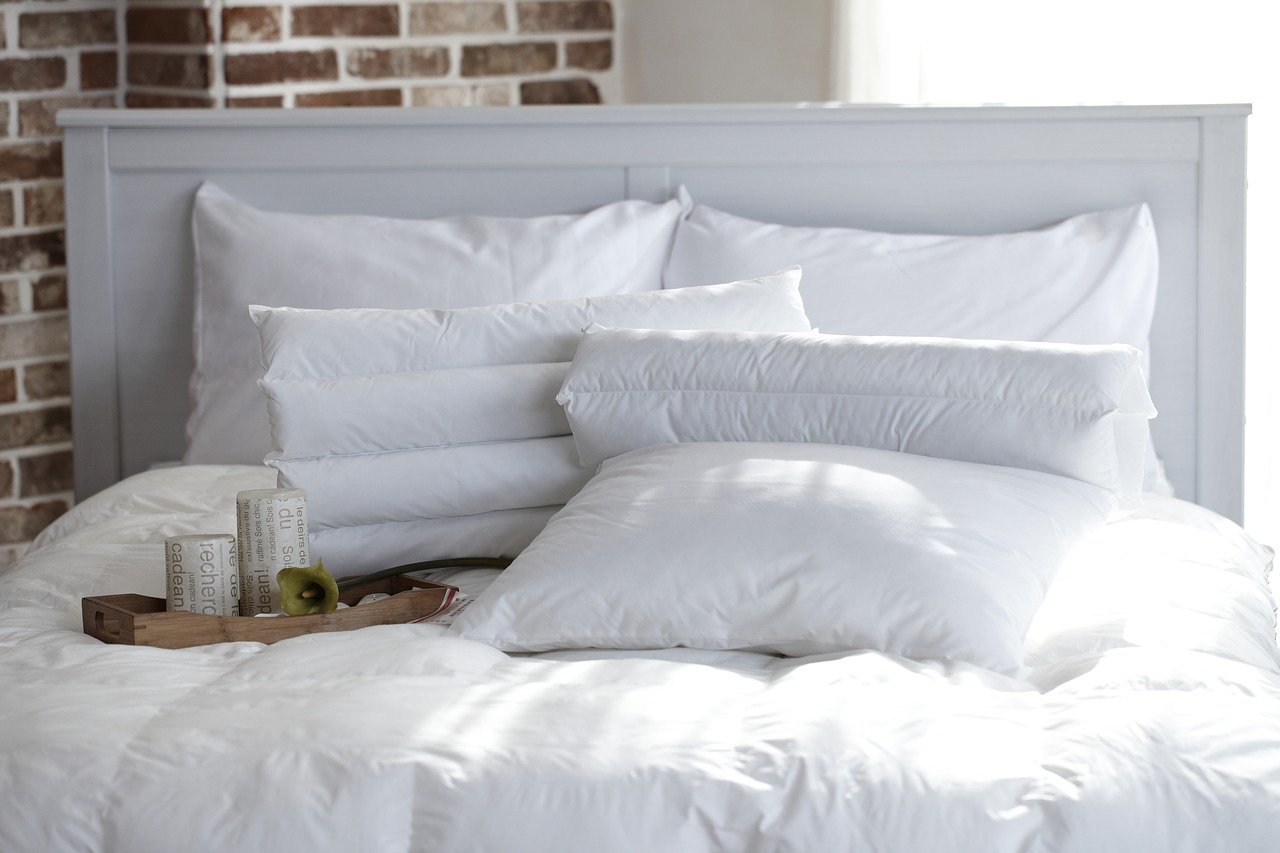
We discuss in detail each of these areas in this mattress review to help you work out whether this mattress is suitable for you and what the alternatives are for comparison. Let’s get under the covers!
John Lews Natural Spring Count Explained
With the ever-increasing number of spring counts in mattresses today we are firstly going to look at the Spring Support system in this mattress. If you’ve not already read our detailed explanation about Pocket Springs you may want to have a look at that here. If you’ve not got the time it is probably best to summarise the key points about pocket spring mattresses here first.
Pocket Spring Quick Facts:
- The Minimum number of pocket springs in a quality pocket sprung mattress is 1000
- The Maximum number of Pocket springs in a king size is 2000.
- Spring counts above 2000 are always dual-layer springs ie stacked on top of each other
- The maximum depth of a one-piece mattress is 35cm reducing the number of fillings inside if multiple layers of springs are used.
- Calico encased pocket springs are the most responsive and breathable
- Synthetic or stitch bond pocket springs are less breathable and slower to react
The John Lewis Collection Fleece Wool mattress has a huge 8,400 spring count, four times that in a single pocket spring layer. At first, this may seem like a benefit to the mattress, that you’re getting a lot more for your money. However, you need to understand how this spring counts been created and what types of springs are used to really assess this.
The first 5,000 pocket springs are actually HD or micro springs. Tiny mini versions of their traditional pocket spring counterpart. We’ve written extensively about the drawbacks of HD/ micro springs here.
Micro or HD springs allow retailers to cram thousands more springs into a mattress
However, in our experience they serve little use and simply reduce the upholstery above them
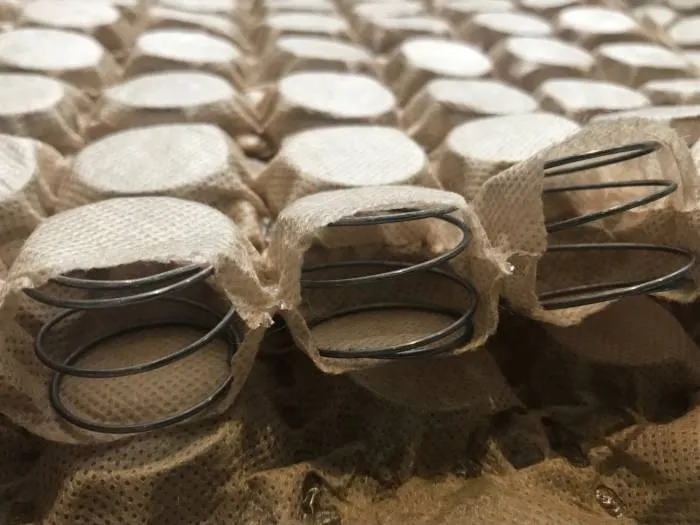
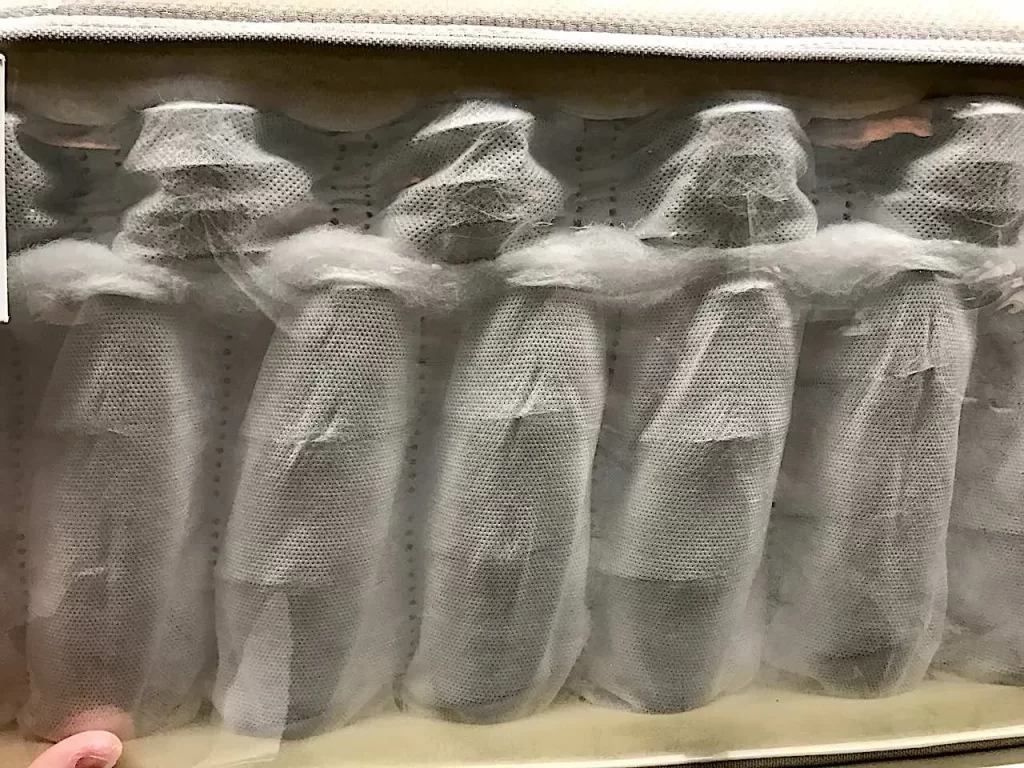
Micro springs in our experience serve little to no benefit in a mattress as they are that small they get compressed really quickly meaning that they offer little push back for ost sleepers. They’ve been used in toppers and mattresses over the last few years to increase the spring counts in mattresses. Yet technically, they don’t offer any more benefits to you when compared to the layers of upholstery they replace in a mattress. You are far better off with a more robust calico encased pocket spring in a one or two layered support system.
Micro springs are often simply a sales tactic to unnecessarily increase spring counts
We would argue its better to have higher GSM’s of Natural fillings than layers of tiny metal springs. Given you know that 35cm is the deepest depth of a mattress the more layers of springs you put in, the fewer laters of upholstery and comfort you have left to play with.
Cortec Springs
The main layer of support is provided by 3,400 Cortec Pocket springs. These springs are thinner and elongated which allows them to compress quicker and deeper according to their manufacture notes. Again you need to note that the fact these springs are thinner allow for more to be squeezed into the same surface area. So whereas traditional full size Pocket Springs stop at 2,000 in a king size, the Cortec can increase this, in this case to 3,400. As to whether this is a benefit is yet to be determined. Spring design is based on the principles of extension and compression. The extension pushes back against you and the compression is the sink they provide in a mattress. There’s very little real innovation in springs other than the weight (compression) tolerances they are made for.
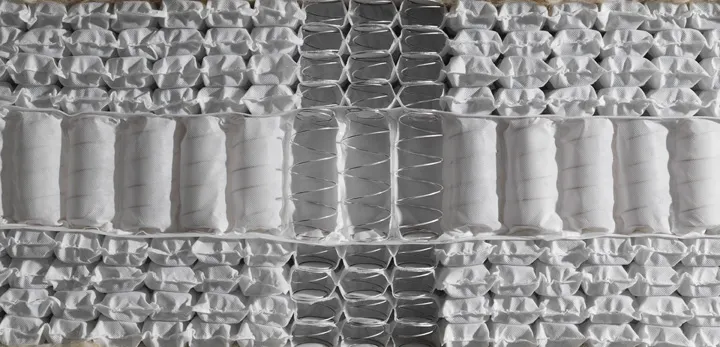
The John Lewis model doesn’t give the spring gauge just that its a medium tension making it really hard to compare the springs or advice as to which bodyweights they are suitable for. We would guess that their medium tension is a 1.4 gauge spring if the Cortec ones are made with the same wire diameter as Traditional Pocket Springs. One additional detail that needs to be considered is the fact that all of these 8,400 springs are covered in synthetic polyester style covers which are far less responsive than a calico encased pocket spring. It also needs to be considered that although this mattress features Natural fibres the main spring unit doesn’t so will be less breathable than a calico unit which you should expect at this price point.
There’s a table below so you can work out what spring tension you should be choosing in a mattress. Remembering that spring tension is dictated entirely by your bodyweight and its the upholstery/comfort layers on top of the springs that give the ‘true feel’ of the mattress.
This mattress would be suitable for someone up to 15 stone in our experience and if heavier than this you would need to be looking at a firmer spring unit and more upholstery.
| Spring Tension | Wire diameter (Gauge) | Weight Range |
|---|---|---|
| Soft | 1.2mm | Bespoke Tension (Please Call) |
| Medium | 1.4mm | Upto 16 stone |
| Firm | 1.6mm | 16 stone plus |
| Extra Firm / Orthopaedic | 1.9mm | 20 stone plus |
Upholstery Layers
The John Lewis Natural Collection Fleece Wool 8400 has a relatively simple upholstery structure on top of the spring support system we’ve just discussed. The upholstery comfort layers are provided by two separate natural fibres.
- British Wool & Viscose (500GSM estimate)
- Egyptian cotton, Hemp, Flax and Cotton Blend (1000GSM estimate)
Both of these fibre layers give the mattress a softer feel in the comfort layers which when used wit the medium support layer makes for quite a forgiving mattress. It’s these upholstery layers that provide the true feel of a mattress so when comparing models you need to always assess the fibres used to fully work out where in the Soft, medium or firm comfort spectrum it sits.
The one thing that John lewis don’t disclose in this mattress is the grams per square meter (GSM) of the fibre layers. Without this information is near impossible to compare making it harder for you the consumer to examine mattresses for value and comfort. This GSm value allows you to see how much of the fibre is being used. The lower the GSM the thinner the layer which means it will be offering limited comfort. This is because the upholstery layers are there to compress and bush pack against you, a bit like a softer spring unit. The thinner the layers the less loft and compression you can get from them.
Using our experience we estimate that this model is using around 1500GSM of fibres in total.
British Wool & Viscose
The John Lewis mattress uses British wool and viscose as its primary comfort layer. The addition of viscose (which is a plant-based by-product) helps give the Wool its loft in this mattress. Without this pure wool compresses very quickly and so you need far more of it. The addition of viscose helps keep this models manufacturing costs down. In an ideal world, you would want pure wool in a 1200GSM sheet instead.

Egyptian Cotton, Hemp, Flax & Cotton Blend
This layer of blended natural fibres acts as both the Spring insulator and the secondary comfort layer in this mattress. The main niggle with this layer is the fact its a blend of not just 2 fibres but 4 meaning that it is a bit of a mish-mash of fibres. Again this makes it really difficult to compare because you don’t know the exact blend of each fibre or percentage. Is it 4% Egyptian Cotton or 60% for example? This has a huge bearing on the price and longevity of the mattress. Let’s have a look at how each of these natural fibres feels when used in isolation.
- Egyptian Cotton – Very soft with medium loft
- Hemp – Very dense firm feel fibre with very low loft
- Flax – Firm fibre which is incredibly strong and tough
- Cotton – Very soft with high loft that compresses easily
If we knew that it was a 25% blend of each of these fibres then you could to a degree work out that it will be a medium loft medium feel blended fibre. However, without this, there’s no way of knowing. With our mattress range, we tend not to blend fibres unless essential. When we do we blend with no more than 2 fibres to help keep the core characteristics of that fibre and allow you to see how it will feel.
Blending fibres should only be done to help address the drawbacks of certain fibres such as low lofts. However, retailers are now using multiple blends to increase the amount of ‘Natural fibres’ described as being contained within the mattress. Some retailers have been exposed to having only 3% of a certain fibre present in a blend which is completely pointless and misleading for the bed buyer.
One of our concerns with this model is the fact that the deepest upholstery layer is also acting as a quasi spring insulator. A spring insulator helps bridge the gap between the spring layer and the comfort layers. Think of it as an upholstery bridge which stops fibres migrating between pocket springs and helps soften the transition between the, usually, firmer spring support and softer upholstery layers. Usually, a spring insulator would be a layer of Coarse Cashmere, Mohair or Horsehair in a natural fibre mattress. In this case, it’s having to work as both the bridge and a comfort layer. Ideally, a slightly firmer material should be used here to stop the jump between springs and upholstery being too great.
Mattress Detailing
The next area for inspection is the detailing of the mattress and how it is made. These details can help give you clues as to the quality and longevity of a mattress so are always worth investigating!
- 2 Rows of Hand Side Stitching
- Chemical Free Cover
- Two-sided mattress
The John Lewis model is hand side stitched which is always a joy to see. It features 2 rows of side stitching like our Artisan Naturals model. This means that someone in the Harrison Spinks factory where these are made had hand-stitched the spring unit to the side panels of the mattress. It’s a really nice quality mattress detail and far better than machine side stitching.
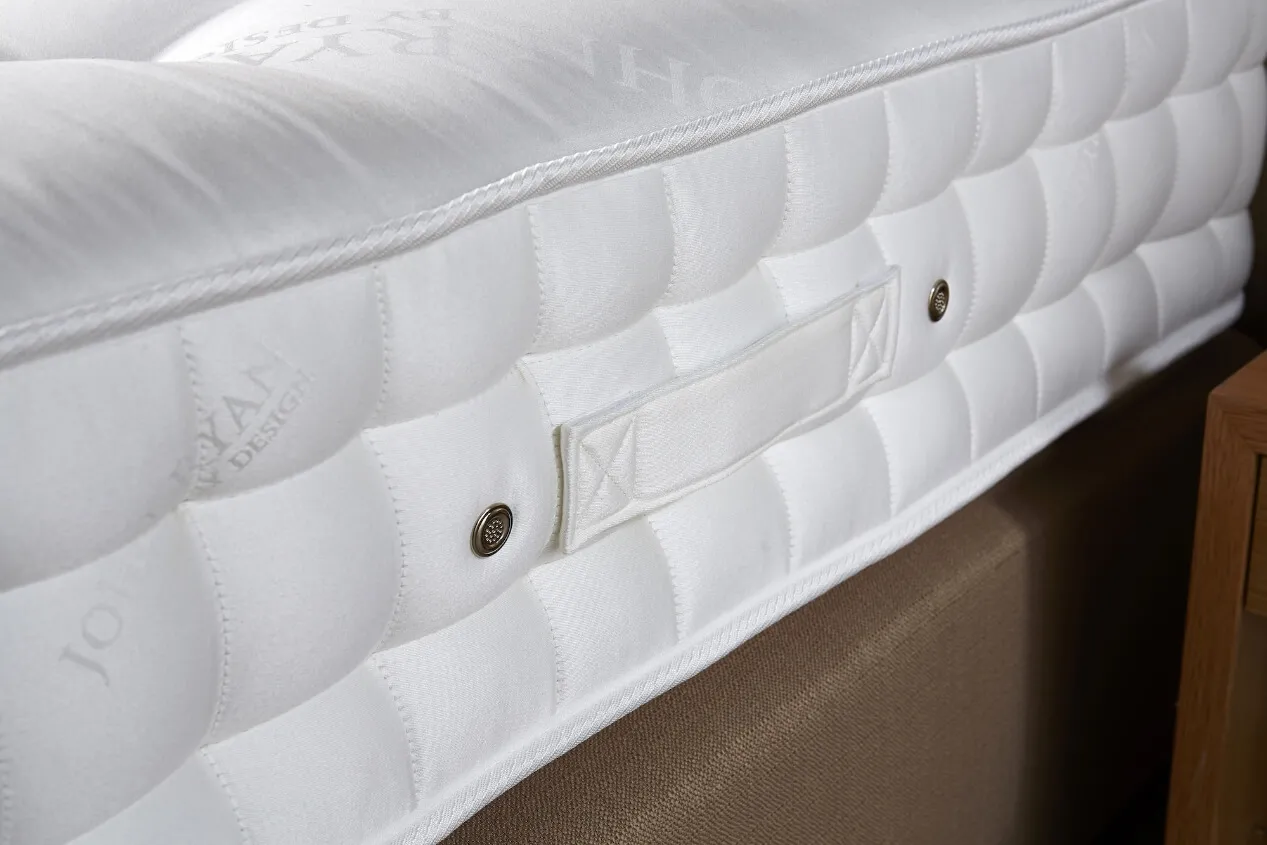
The mattress cover is a 100% viscose material and is chemical-free. This is another really nice feature of this John lewis mattress as most entry and midpoint mattresses still use chemical-based fire retardancy treatments. Fire retardancy or FR is mandatory in the UK to ensure that mattresses are manufactured in accordance with stringent fire safety standards. We use a completely plant-based Fire retardant treatment on our mattresses making them chemical-free.
The John Lewis mattress is quite thin compared to other mattresses in this price point at only 23cm deep and 44kg in weight. This is why we believe the upholstery layers to be a very economical 1500gsm. For comparison our Artisan Naturals is 27cm – 30cm deep with the tufts and weight in at 58kg for a king size which shows just how light the John Lewis Natural Collection Fleece Wool 8400 is. This is also a two-sided mattress meaning you can turn it over to even out the initial settlement. Two-sided mattresses are far better than one-sided models and have a much higher lifespan.
Summary
The John Lewis Natural Collection Fleece Wool 8400 has some nice features for the price point such as hand side stitching and the use of natural fibres. It has a true medium feel provided by the upholstery layers. The drawback with this model is that the overuse of springs, both Cortec and Micro Springs has left little room for upholstery layers which give a mattress its true feel. The small amounts of fillings may limit the overall shelf life of the mattress which is why it only has a 7 year guarantee.
For the same price point and feel we would ask you to look at the Artisan Naturals model giving you 3950gsm of Natural Fibres and a Calico Pocket Spring unit which is vanadium coated.
If you need more mattress advice why not give our small friendly team a call on 0161 437 4419.
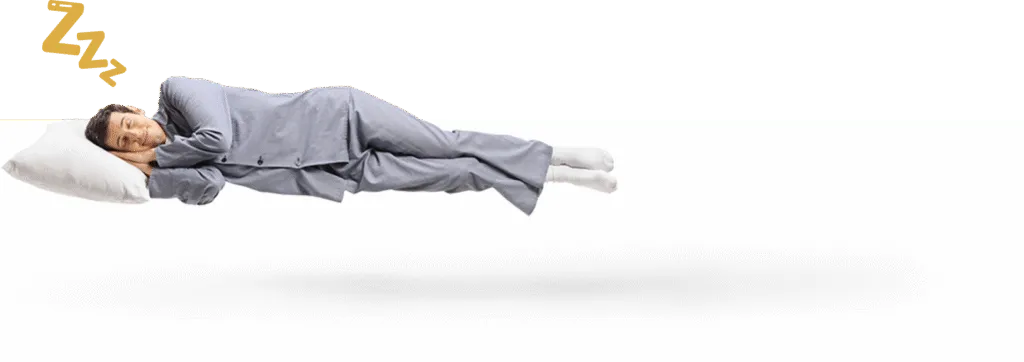
Dreaming of the perfect nights sleep?
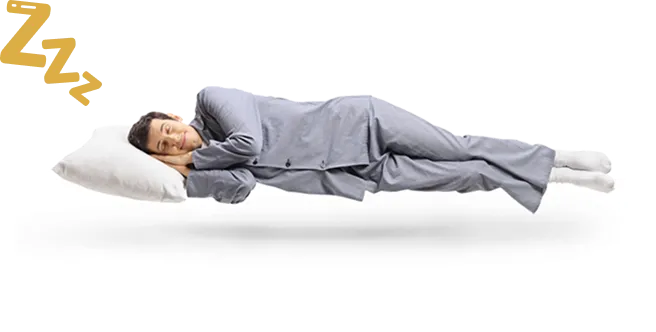
Ask us a question
There are over 6000 questions and answers submitted by you on all questions about mattresses and bed problems. Enter a keyword such as Vi Spring, John Lewis beds, bad back or Memory Foam and see if your question has already been answered.
If you can’t find an answer in knowledge hub, ask a new question. We aim to respond to all questions within one working day.
Newsletter
Enter your email to join our newsletter. We’ll send you occasional news and mattress expertise.
